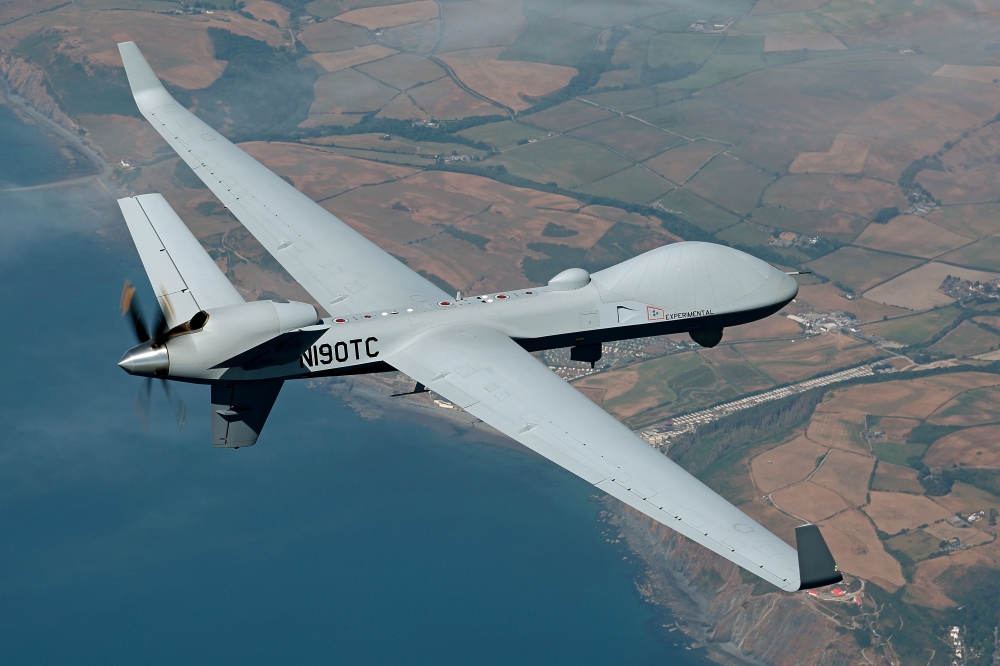In an effort to increase flexibility for its customers throughout the world, General Atomics Aeronautical Systems, Inc. (GA‑ASI) announced that MQ-9B will be able to utilise both the U.S. Global Positioning System (GPS) and European Galileo satellite constellation for its navigation systems.
The baseline MQ-9B was originally designed to include a triplex navigation system based on GPS navigation however, provisions have been added to the navigation receiver to support the Galileo navigation system as well.
“Many of our U.S. and international partners have plans to produce multi-constellation navigation receivers,” said David R. Alexander, president, Aircraft Systems, GA-ASI. “The multi-constellation receivers will add to the operational flexibility of the MQ-9B and will benefit our international and domestic customers, especially those based in Europe.”
Galileo is the Global Navigation Satellite System created by the European Union through the European Space Agency. GA-ASI believes having multiple satellite options is important to customers who will want to be able to switch from one constellation to another in the event connectivity is ever lost or denied.
MQ-9B is the latest evolution of GA-ASI’s multi-mission Predator® B fleet. GA-ASI named its baseline MQ-9B aircraft SkyGuardian and the maritime surveillance variant is called SeaGuardian. MQ-9B is a “certifiable” (STANAG 4671) version of the company’s MQ-9 Predator B product line. Its development is the result of a five-year company-funded effort to deliver a RPA that can meet the stringent airworthiness certification requirements of various military and civil authorities, including the UK Military Airworthiness Authority (MAA) and the U.S. FAA.
A weaponized variant of the system is being acquired by the UK Royal Air Force (RAF) under the PROTECTOR RG Mk1 programme.
Source: Press Release

